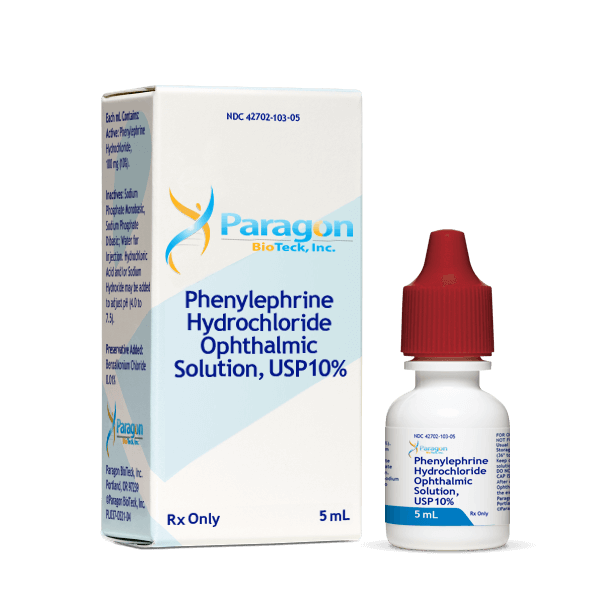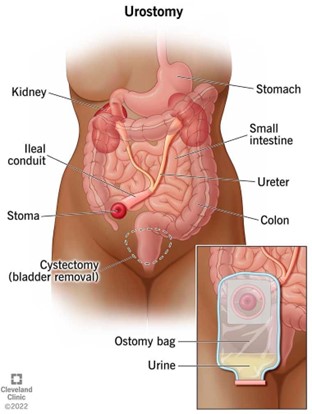A nurse is providing teaching to a client who is to self-administer an ophthalmic solution. Which of the following statements by the client indicates an understanding of the teaching?
I will press the inner corner of my eye after I insert the drops.
I will raise my eyelid up while looking down to insert the drops.
I will keep my eyes closed for 5 minutes after inserting the drops.
I will insert the drops in the center of each eye.
The Correct Answer is A
The correct answer is that the client should press the inner corner of their eye after inserting the drops. This technique is called punctal occlusion and it helps to prevent the eye drops from draining into the tear duct and being absorbed by the rest of the body. This can increase the effectiveness of the eye drops and reduce potential side effects.
Options b, c and d are not correct statements by the client that indicate an understanding of how to self- administer an ophthalmic solution. Raising the eyelid up while looking down to insert the drops, keeping eyes closed for 5 minutes after inserting the drops and inserting the drops in the center of each eye are not recommended techniques for self-administering an ophthalmic solution.

Nursing Test Bank
Naxlex Comprehensive Predictor Exams
Related Questions
Correct Answer is ["F"]
Explanation
f) Skin surrounding the stoma is reddened and appears irritated.
The information that requires intervention by the nurse is that the skin surrounding the stoma is reddened and appears irritated. This may indicate that the client is experiencing skin irritation or breakdown, which can lead to infection or other complications. The nurse should assess the skin and initiate appropriate interventions to prevent further skin damage.
Options a, b, c, d, e, and g do not necessarily require intervention by the nurse. A pink ileostomy stoma and moderate brown liquid stool drainage are normal findings. The client's refusal to look at the stoma or learn about stoma care may be concerning, but it is not an immediate priority for intervention. An intake of 2,200 mL over 24 hours and a urine output of 650 mL over 24 hours are within normal limits.

Correct Answer is ["480"]
Explanation
480 mL.
The client's total oral intake over the 4-hour period is 3 ounces of milk + 2 ounces of orange juice + 3 ounces of tea + 4 ounces of water = 12 ounces. Since there are approximately 30 mL in 1 ounce, the client's oral intake in mL is 12 ounces * 30 mL/ounce = 360 mL.
The client is also receiving dextrose 5% in 0.45% sodium chloride at a rate of 30 mL/hr by continuous IV infusion. Over a 4-hour period, the client will receive a total of 30 mL/hr * 4 hours = 120 mL from the IV infusion.
Therefore, the client's total intake for that 4-hour period is 360 mL (oral intake. + 120 mL (IV infusion) = 480 mL.
Whether you are a student looking to ace your exams or a practicing nurse seeking to enhance your expertise , our nursing education contents will empower you with the confidence and competence to make a difference in the lives of patients and become a respected leader in the healthcare field.
Visit Naxlex, invest in your future and unlock endless possibilities with our unparalleled nursing education contents today
Report Wrong Answer on the Current Question
Do you disagree with the answer? If yes, what is your expected answer? Explain.
Kindly be descriptive with the issue you are facing.
